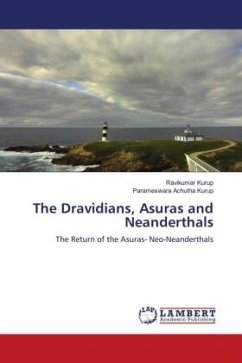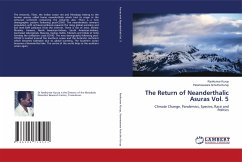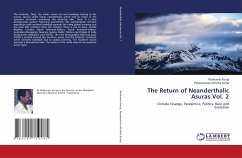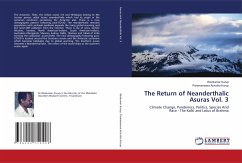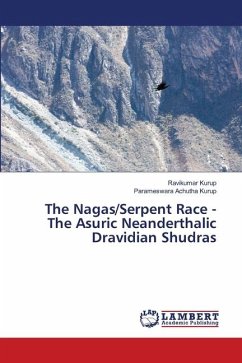The Homo neanderthalis, the Dravidian elite, Harappans and the Asuras may have a common origin in the Lemurian landmass. The homo neanderthalis arising out of the Lemurian landmass consisting of peninsular India, Antarctica, Tibet and Australia would have been the forerunner of the asuric Dravidian Neanderthal population. This suggests that the Vedas and Vedic civilization may have an Antarctic or Lemurian origin. The continent of Lemuria was broken up by tsunamis in the Indian ocean and the Lemurians/Dravidians/Neanderthals migrated to Harappa-Mohenjo-daro, Sumeria-Babylon, Iran, Himalayas, Tibet, Semitic Israel, Arabia and Egypt. The Harappan civilization of neanderthalic Asuras flourished with mercantile trade in the Indian ocean. A small group of Aryans who were homo sapien-homo neanderthalic hybrids from Europe led by Vishnu invaded Harappa but was rebuffed. The Aryans destroyed the dam over the Indus and flooded Harappa and captured it. The Harappan Neanderthals migrated toIran, Babylon and Egypt. The rest of the Harappan Neanderthals migrated to the Indian landmass especially South and Central India. The Indian landmass surrounding the Harappan region were ruled by Asuras.

